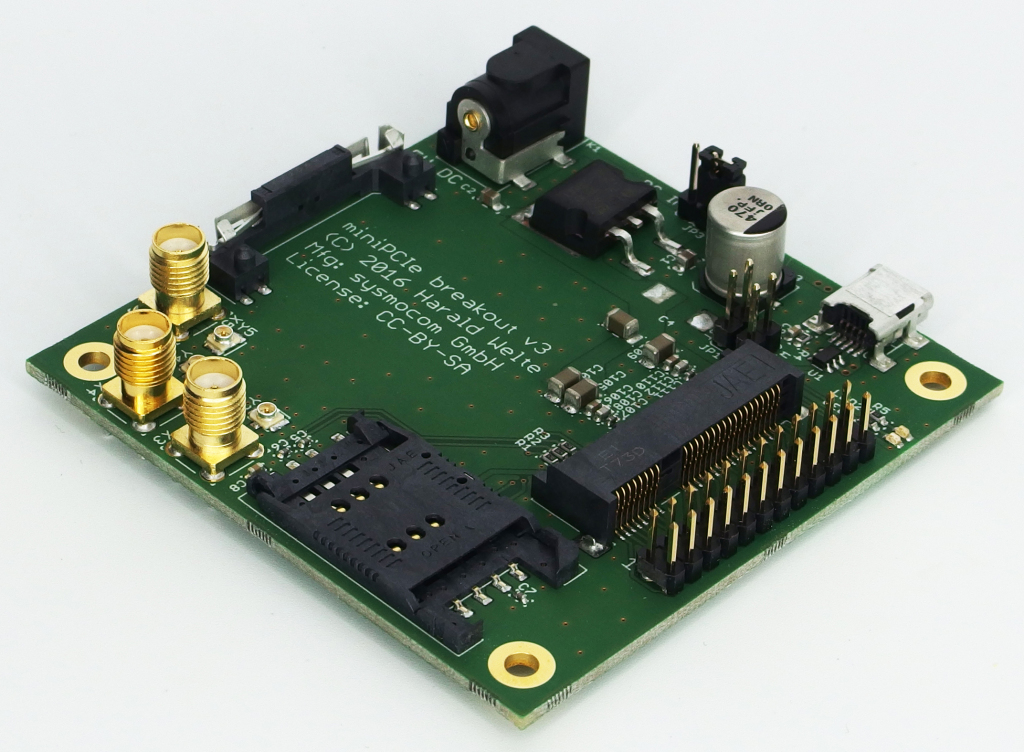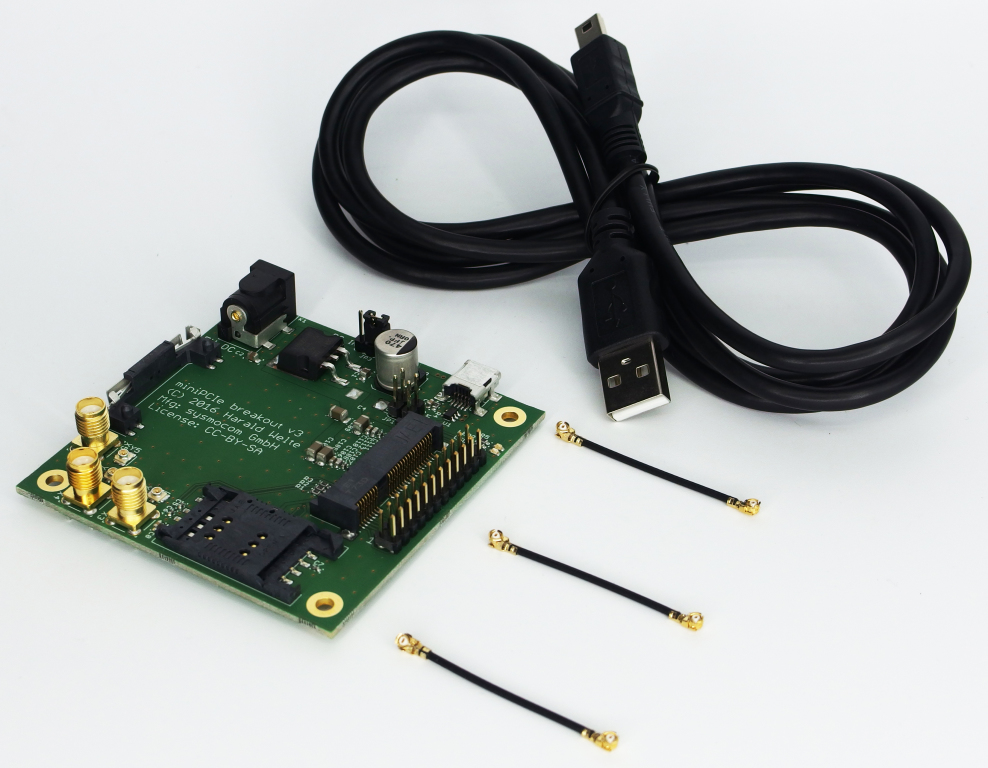Overhyped Docker missing the most basic features
I've always been extremely skeptical of suddenly emerging over-hyped technologies, particularly if they advertise to solve problems by adding yet another layer to systems that are already sufficiently complex themselves.
There are of course many issues with containers, ranging from replicated system libraries and the basic underlying statement that you're giving up on the system packet manager to properly deal with dependencies.
I'm also highly skeptical of FOSS projects that are primarily driven by one (VC funded?) company. Especially if their offering includes a so-called cloud service which they can stop to operate at any given point in time, or (more realistically) first get everybody to use and then start charging for.
But well, despite all the bad things I read about it over the years, on one day in May 2017 I finally thought let's give it a try. My problem to solve as a test balloon is fairly simple.
My basic use case
The plan is to start OsmoSTP, the m3ua-testtool and the sua-testtool, which both connect to OsmoSTP. By running this setup inside containers and inside an internal network, we could then execute the entire testsuite e.g. during jenkins test without having IP address or port number conflicts. It could even run multiple times in parallel on one buildhost, verifying different patches as part of the continuous integration setup.
This application is not so complex. All it needs is three containers, an internal network and some connections in between. Should be a piece of cake, right?
But enter the world of buzzword-fueled web-4000.0 software-defined virtualised and orchestrated container NFW + SDN vodoo: It turns out to be impossible, at least not with the preferred tools they advertise.
Dockerfiles
The part that worked relatively easily was writing a few Dockerfiles to build the actual containers. All based on debian:jessie from the library.
As m3ua-testsuite is written in guile, and needs to build some guile plugin/extension, I had to actually include guile-2.0-dev and other packages in the container, making it a bit bloated.
I couldn't immediately find a nice example Dockerfile recipe that would allow me to build stuff from source outside of the container, and then install the resulting binaries into the container. This seems to be a somewhat weak spot, where more support/infrastructure would be helpful. I guess the idea is that you simply install applications via package feeds and apt-get. But I digress.
So after some tinkering, I ended up with three docker containers:
- one running OsmoSTP
- one running m3ua-testtool
- one running sua-testtool
I also managed to create an internal bridged network between the containers, so the containers could talk to one another.
However, I have to manually start each of the containers with ugly long command line arguments, such as docker run --network sigtran --ip 172.18.0.200 -itosmo-stp-master. This is of course sub-optimal, and what Docker Services + Stacks should resolve.
Services + Stacks
The idea seems good: A service defines how a given container is run, and a stack defines multiple containers and their relation to each other. So it should be simple to define a stack with three services, right?
Well, it turns out that it is not. Docker documents that you can configure a static ipv4_address[1] for each service/container, but it seems related configuration statements are simply silently ignored/discarded [2], [3], [4].
This seems to be related that for some strange reason stacks can (at least in later versions of docker) only use overlay type networks, rather than the much simpler bridge networks. And while bridge networks appear to support static IP address allocations, overlay apparently doesn't.
I still have a hard time grasping that something that considers itself a serious product for production use (by a company with estimated value over a billion USD, not by a few hobbyists) that has no support for running containers on static IP addresses. that. How many applications out there have I seen that require static IP address configuration? How much simpler do setups get, if you don't have to rely on things like dynamic DNS updates (or DNS availability at all)?
So I'm stuck with having to manually configure the network between my containers, and manually starting them by clumsy shell scripts, rather than having a proper abstraction for all of that. Well done :/
Exposing Ports
Unrelated to all of the above: If you run some software inside containers, you will pretty soon want to expose some network services from containers. This should also be the most basic task on the planet.
However, it seems that the creators of docker live in the early 1980ies, where only TCP and UDP transport protocols existed. They seem to have missed that by the late 1990ies to early 2000s, protocols like SCTP or DCCP were invented.
But yet, in 2017, Docker chooses to
- blindly assume TCP in https://docs.docker.com/engine/reference/builder/#expose without even mentioning it (or designing the syntax to accept any specification of the protocol)
- design a syntax (/tcp) in the command-line parsing (see https://docs.docker.com/engine/reference/run/#expose-incoming-ports), but then only parse tcp and udp, despite people requesting support for other protocols like SCTP as early as three years ago
Now some of the readers may think 'who uses SCTP anyway'. I will give you a straight answer: Everyone who has a mobile phone uses SCTP. This is due to the fact that pretty much all the connections inside cellular networks (at least for 3G/4G networks, and in reality also for many 2G networks) are using SCTP as underlying transport protocol, from the radio access network into the core network. So every time you switch your phone on, or do anything with it, you are using SCTP. Not on your phone itself, but by all the systems that form the network that you're using. And with the drive to C-RAN, NFV, SDN and all the other buzzwords also appearing in the Cellular Telecom field, people should actually worry about it, if they want to be a part of the software stack that is used in future cellular telecom systems.
Summary
After spending the better part of a day to do something that seemed like the most basic use case for running three networked containers using Docker, I'm back to step one: Most likely inventing some custom scripts based on unshare to run my three test programs in a separate network namespace for isolated execution of test suite execution as part of a Jenkins CI setup :/
It's also clear that Docker apparently don't care much about playing a role in the Cellular Telecom world, which is increasingly moving away from proprietary and hardware-based systems (like STPs) to virtualised, software-based systems.
| [1] | https://docs.docker.com/compose/compose-file/#ipv4address-ipv6address |
| [2] | https://forums.docker.com/t/docker-swarm-1-13-static-ips-for-containers/28060 |
| [3] | https://github.com/moby/moby/issues/31860 |
| [4] | https://github.com/moby/moby/issues/24170 |


